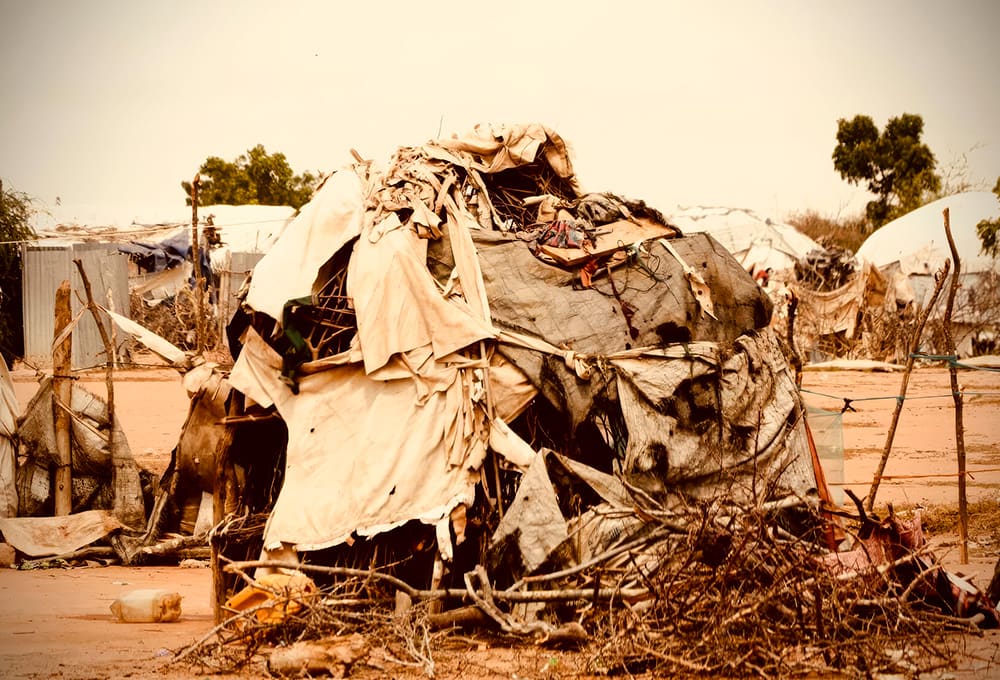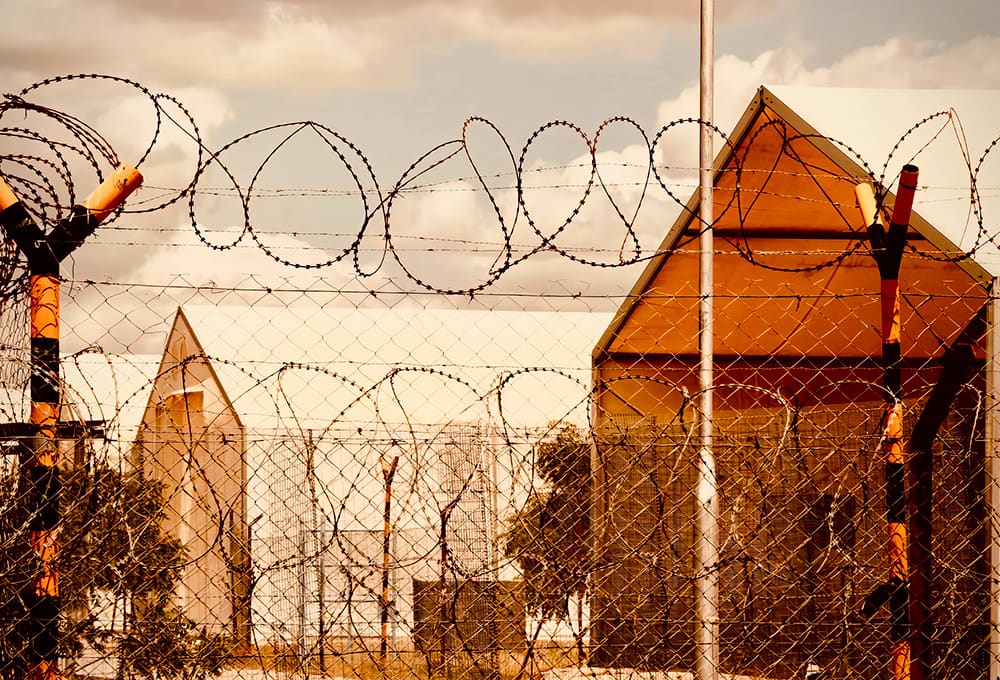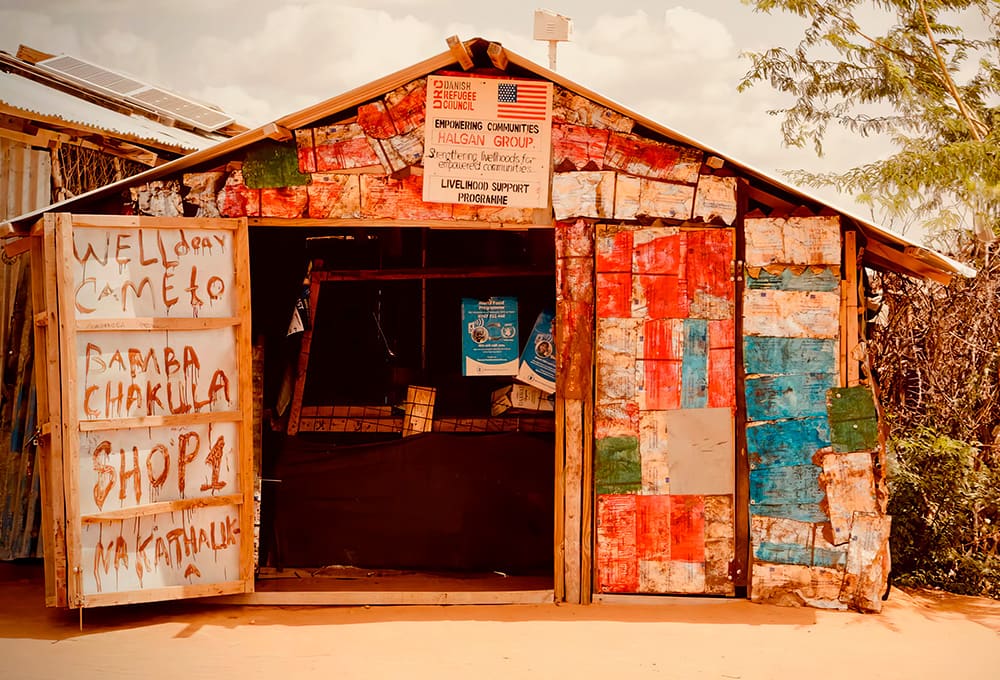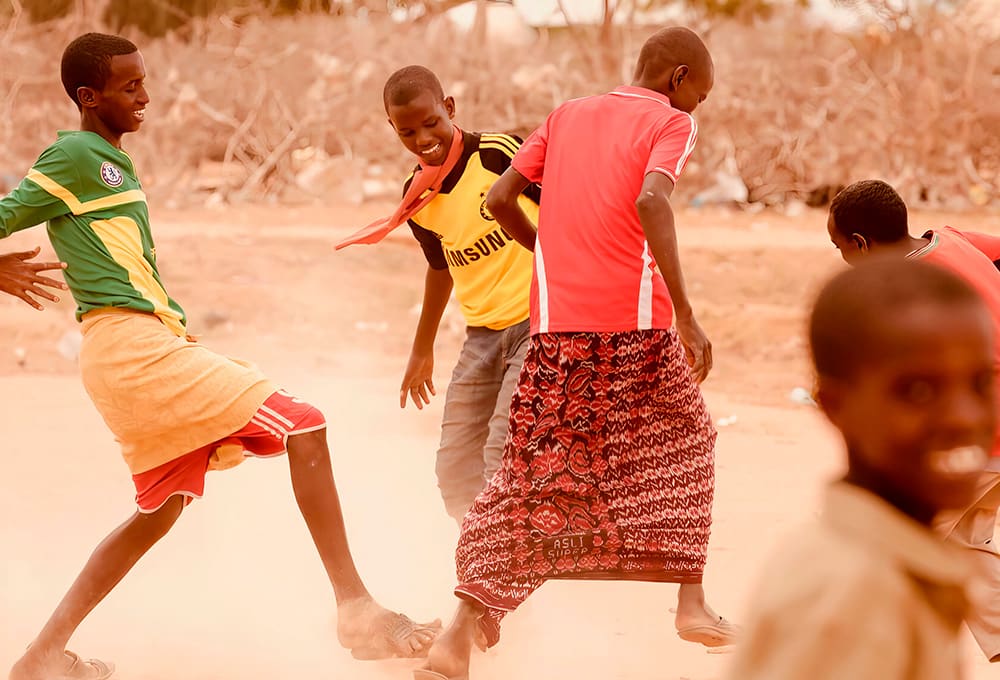Dadaab, a name synonymous with refuge and resilience, stands as one of the largest refugee camps in the world. Situated in northeastern Kenya, near the border with Somalia, it has become a temporary home for hundreds of thousands who have fled the ravages of war, famine, and persecution primarily from Somalia, as well as from other troubled regions in East Africa. The stories that unfold within its bounds are both heart-wrenching and hopeful, offering a glimpse into the human spirit’s capacity to endure and adapt.

Established in the early 1990s as a response to the civil war in Somalia, Dadaab has grown from a handful of tents in the desert to a sprawling settlement divided into several camps. It was designed as a temporary solution to a sudden crisis. However, decades later, it has evolved into a semi-permanent city, with its own economy, schools, and hospitals, yet it remains a place marked by uncertainty and restriction.
The daily life in Dadaab is a study in resilience. Refugees, many of whom have lived in the camp for years, or were even born there, have set up businesses, constructed makeshift homes, and formed communities. Education and employment opportunities, though limited, are pursued with vigor by residents eager to forge a semblance of normalcy amidst the instability. Yet, the shadow of displacement looms large, with many inhabitants still grappling with the trauma of their exodus and the constant struggle for basic necessities like food, water, and medical care.


Ben Rawlence’s book “City of Thorns” dives deep into the lives of nine individuals residing in Dadaab, painting a vivid portrait of the personal and communal challenges faced by the refugees. These stories form the backbone of our upcoming film script, aiming to bring the texture and emotion of Dadaab’s daily reality to a global audience. Through these narratives, the film will explore themes of resilience, identity, and the quest for dignity against a backdrop of ongoing humanitarian crisis.


The international response to Dadaab has been a complex mix of humanitarian aid, security concerns, and political maneuvering. Funding shortages, policy changes, and security issues have periodically altered the level of support provided to the camp, affecting the quality and quantity of services available to its residents. Moreover, the camp’s sheer size and the protracted nature of its existence pose ongoing challenges in governance and resource allocation.

As global attention fluctuates, the future of Dadaab remains uncertain. Discussions about repatriation, the potential closure of the camp, and the ongoing instability in Somalia suggest that the plight of Dadaab’s residents is far from resolved. Yet, within this uncertainty, there are stories of incredible human strength and creativity. Our film aims to highlight these narratives, providing a voice to those often unheard and shedding light on the complex realities of life in one of the world’s most enduring refugee crises.
Dadaab is more than just a geographical location; it is a poignant reminder of the ongoing global refugee crisis, challenging us to reflect on our shared humanity and the responsibilities we hold towards each other. By telling the stories of Dadaab, we not only honor the resilience and aspirations of its residents but also ignite a broader dialogue about displacement, human rights, and the collective action needed to address these pressing issues.